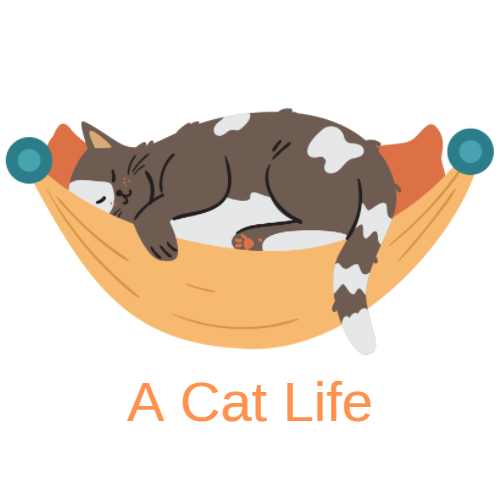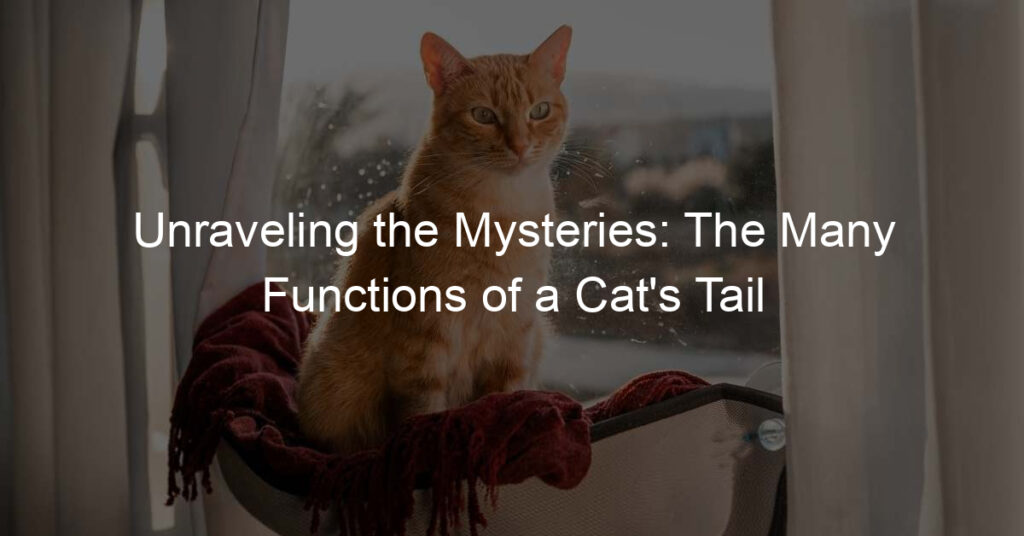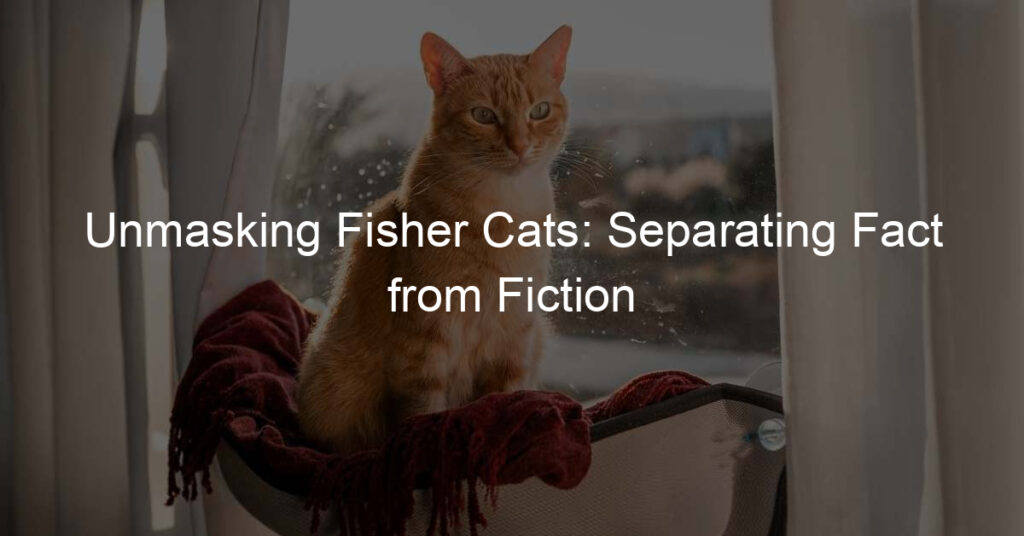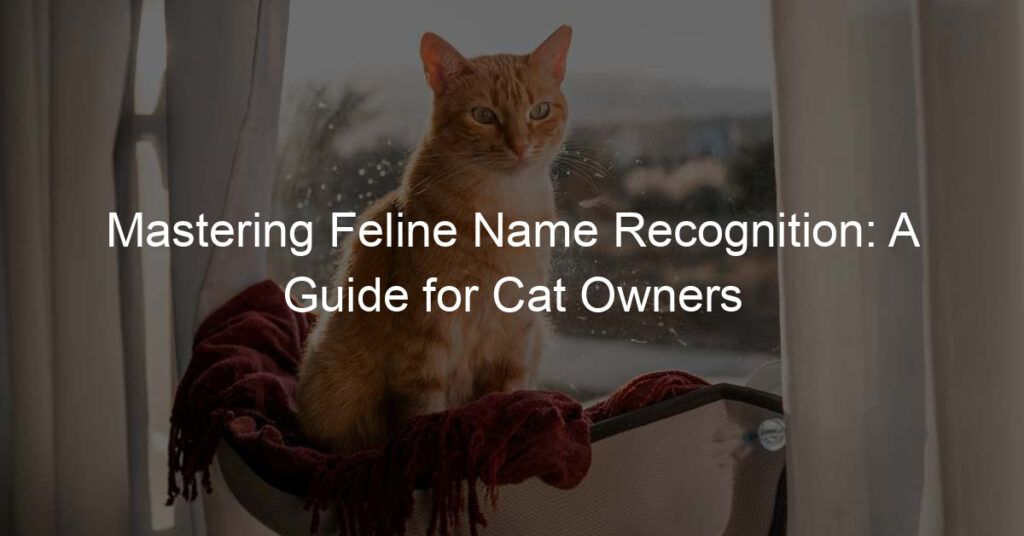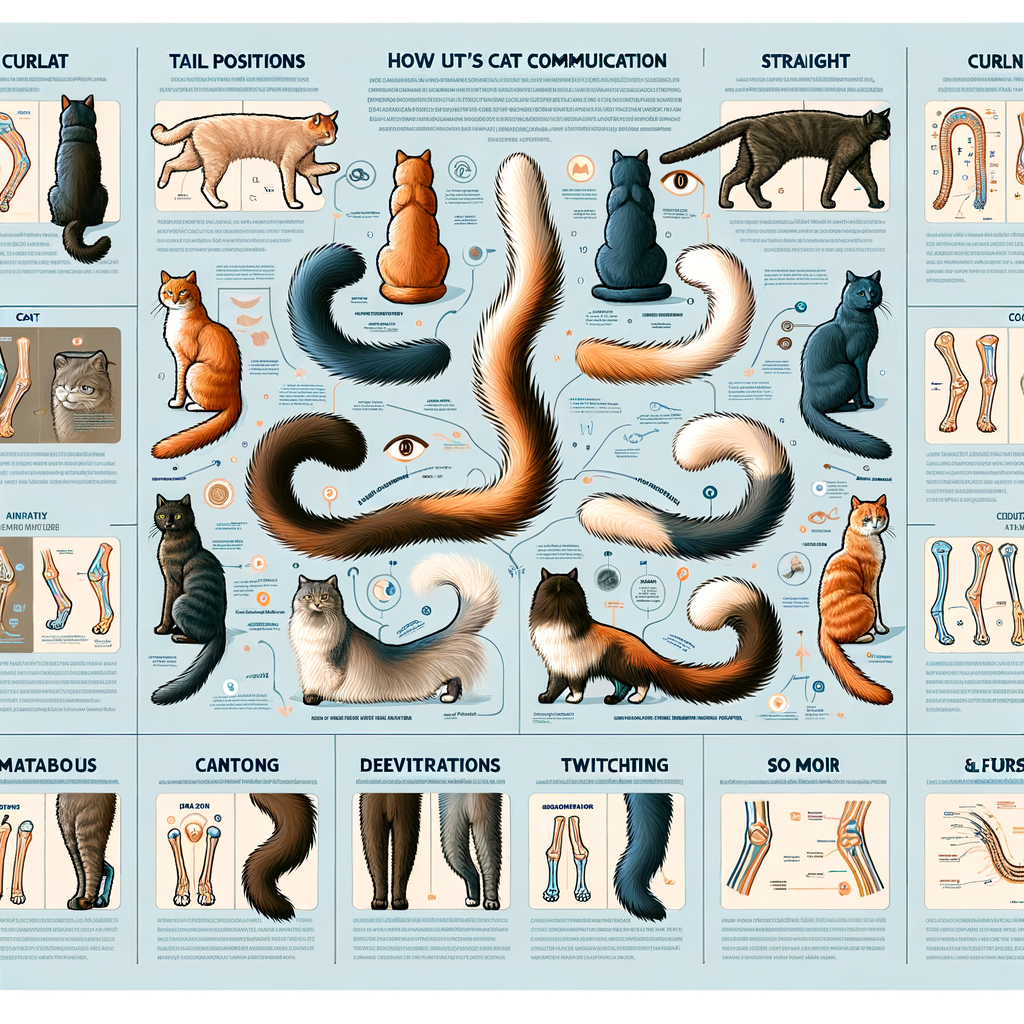
Introduction to Cat Tail Functions
Have you ever wondered why cats wag their tails or why they puff them up when they’re scared? Understanding the functions of a cat’s tail can help us better understand our feline friends. Let’s dive into the fascinating world of cat tail functions.
- Importance of Understanding Cat Tail Behavior
- Overview of Cat Tail Functions
- Balance: Cats are known for their agility and balance. Their tails play a crucial role in this. When a cat is walking on a narrow surface, it uses its tail as a counterbalance to prevent falling.
- Communication: Cats use their tails to communicate with humans and other cats. For instance, a raised tail usually indicates happiness, while a tucked tail signifies fear.
- Emotional Indicator: A cat’s tail can give us clues about its emotional state. A puffed-up tail usually means the cat is scared or agitated.
Just like humans use words and body language to express their feelings, cats use their tails. By observing and understanding cat tail behavior, we can get a glimpse into their emotions and intentions. This can help us build a stronger bond with our cats and respond to their needs more effectively. For example, a cat that is wagging its tail rapidly might be agitated or anxious. If we notice this, we can give the cat some space to calm down.
Cats use their tails for a variety of functions. Here are a few:
In the following sections, we’ll explore the anatomy of a cat’s tail, decode different tail positions and movements, and look at real-life examples of cat tail behavior. So, stay tuned!
Understanding the Anatomy of a Cat’s Tail
Let’s delve into the fascinating world of feline anatomy, focusing specifically on the tail. The tail of a cat is a complex structure that plays a significant role in their balance, communication, and movement. Understanding its anatomy can provide valuable insights into your cat’s health and behavior.
Basic Anatomy of a Cat’s Tail
The basic anatomy of a cat’s tail can be broken down into two main components: the structure and the role of muscles and nerves in tail movements.
- Structure of a Cat’s Tail
- Role of Muscles and Nerves in Cat Tail Movements
The tail of a cat, also known as the caudal vertebrae, is made up of 19 to 23 individual small bones called vertebrae. These vertebrae are surrounded by muscles, tendons, and ligaments, which give the tail its flexibility. The tail also contains a high number of nerve endings, making it a sensitive part of the cat’s body.
The muscles and nerves in a cat’s tail work together to control its movement. The muscles allow the tail to move in various directions, while the nerves send signals from the brain to the muscles to initiate these movements. This coordination between muscles and nerves is crucial for maintaining balance, expressing emotions, and communicating with other cats.
Understanding the basic anatomy of a cat’s tail can help you better interpret your cat’s behavior and body language. It can also assist you in identifying any potential health issues related to the tail, such as injuries or nerve damage.
Unique Features of a Cat’s Tail
Every cat owner knows that a cat’s tail is more than just a fluffy appendage. It has some unique features that make it a fascinating part of a cat’s anatomy. Let’s explore these features in detail.
- Flexibility and Length
- Variations in Cat Tail Shapes and Sizes
The first thing you might notice about a cat’s tail is its incredible flexibility. This is due to the multiple small bones, known as vertebrae, that make up the tail. These bones are connected by muscles and tendons, allowing the tail to move in various ways. The length of a cat’s tail can vary, but it is usually about 11 inches long, which is roughly the same length as the cat’s body.
Not all cat tails are the same. They can vary greatly in shape and size, depending on the breed of the cat. For example, some cats have long, slender tails, while others have short, stubby ones. Some breeds, like the Manx, are even born without a tail! The size and shape of a cat’s tail can also be influenced by genetic factors, so it’s possible for two cats from the same litter to have different tail shapes.
Understanding these unique features of a cat’s tail can help you better understand your feline friend and their behavior. So the next time you see your cat swishing their tail, remember that there’s a lot more to it than meets the eye!
Decoding Cat Tail Positions and Movements
Understanding your cat’s tail positions and movements can be a fascinating journey. It’s like learning a new language, where each tail position and movement has a unique meaning. Let’s explore some of the most common cat tail positions and what they signify.
Common Cat Tail Positions and Their Meanings
Here are some common cat tail positions and their typical interpretations. Remember, context is crucial, and these interpretations can vary based on the cat’s overall body language and the situation at hand.
- High Tail: Confidence and Happiness
- Low Tail: Fear or Aggression
- Puffed Up Tail: Threatened or Scared
- Tucked Tail: Submission or Defeat
When a cat holds its tail high, it usually indicates a state of confidence and happiness. It’s a sign that your cat is comfortable in its surroundings and feels safe. It’s like your cat’s way of saying, “I’m feeling good!”
A low tail often signifies fear or aggression. If your cat’s tail is low and close to the ground, it might be feeling threatened or anxious. It’s a clear signal that your cat is not in a good mood and might need some space.
A puffed-up tail is a classic sign of a scared or threatened cat. It’s a defensive posture, designed to make the cat appear larger and more intimidating to potential threats. If you see your cat’s tail puff up, it’s best to give it some time to calm down.
A tucked tail usually indicates submission or defeat. If your cat’s tail is tucked between its legs, it might be feeling submissive or defeated. It’s a sign that your cat is not feeling confident and might need some reassurance.
By paying close attention to your cat’s tail positions and movements, you can gain valuable insights into its emotional state and better understand its needs. Remember, every cat is unique, and these interpretations might not apply to all cats. The key is to observe your cat over time and learn its unique tail language.
Understanding Cat Tail Movements
Just as humans use body language to express their feelings, cats use their tails to communicate. By observing the movements of a cat’s tail, you can gain a better understanding of what your feline friend is trying to tell you. Let’s explore some common cat tail movements and their meanings.
- Quick flicks or wags:
- Slow swishes:
- Wrapped tail:
When a cat’s tail flicks quickly or wags, it often signals irritation or annoyance. It’s similar to how you might tap your foot impatiently when you’re upset. If you notice your cat’s tail flicking or wagging, it’s best to give them some space.
Slow, deliberate swishes of a cat’s tail can indicate that they are focused on something. It’s similar to how you might lean in closer to see something interesting. If your cat’s tail is slowly swishing back and forth, they might be hunting or watching something closely.
When a cat wraps their tail around their body or another cat, it’s a sign of contentment and security. It’s similar to how you might hug a loved one when you’re feeling happy and secure. If your cat wraps their tail around you, it’s a sign that they trust you and feel safe with you.
Understanding these tail movements can help you better communicate with your cat and respond to their needs. Remember, every cat is unique and may have their own variations of these tail movements. The key is to observe and learn from your cat’s behavior.
Cat Tail Communication: How Cats Use Their Tails to Communicate
Understanding how cats communicate can be a fascinating journey. One of the primary ways they express their feelings and intentions is through their tails. Let’s delve into the world of cat tail signals and learn how to interpret them.
Interpreting Cat Tail Signals
Just like humans use body language, cats use their tails to convey a variety of messages. Here are some common signals and what they usually mean:
- Signals of contentment
- Signals of agitation or annoyance
- Signals of fear or threat
When a cat is content, it often holds its tail high in the air, with a slight curve at the end. This is a sign of happiness and confidence. If the tail is lightly twitching, it could mean that your cat is particularly excited or pleased.
If a cat is agitated or annoyed, it might thrash its tail back and forth rapidly. This is a clear sign that the cat is not in a good mood. It’s best to give the cat some space when you see this tail movement.
When a cat feels threatened or scared, it may puff up its tail to appear larger and more intimidating. This is often accompanied by an arched back. In this situation, it’s important to help the cat feel safe and secure again.
Remember, every cat is unique and may have its own variations of these signals. The key is to spend time with your cat and learn its specific communication style.
Understanding cat tail signals can greatly improve your relationship with your feline friend, making you more attuned to its needs and emotions. So, the next time you see your cat’s tail twitch or puff up, you’ll know exactly what it’s trying to tell you.
How Other Cats Respond to Tail Signals
Understanding how cats respond to tail signals is crucial in interpreting their behavior. Cats use their tails as a form of communication, and the way other cats respond to these signals can tell us a lot about their interactions.
- Responses to Friendly Signals
- Responses to Aggressive Signals
When a cat displays friendly tail signals, such as a high, gently waving tail, other cats usually respond positively. They may approach the signaling cat, reciprocate with their own friendly tail signals, or engage in social behaviors like grooming or playing. This is a clear indication of a positive relationship between the cats.
On the other hand, aggressive tail signals, such as a puffed-up tail or a tail that is lashing back and forth, are usually met with caution or avoidance by other cats. They may retreat, display their own aggressive signals, or attempt to defuse the situation by showing submissive behavior. This is a sign that the cats may be in conflict or that one cat is attempting to assert dominance over the other.
In conclusion, observing how cats respond to each other’s tail signals can provide valuable insights into their social dynamics. By understanding these responses, we can better interpret our feline friends’ behavior and improve our interactions with them.
Case Studies: Real-Life Examples of Cat Tail Behavior
Let’s delve into some real-life examples to understand cat tail behavior better. These case studies will provide you with a deeper insight into how cats use their tails to communicate and how changes in tail behavior can indicate health issues.
-
Case Study 1: Understanding a Cat’s Tail in a Multi-Cat Household
In a household with multiple cats, observing tail behavior can be fascinating. Take, for example, the case of Fluffy and Whiskers, two cats living in the same home.
Fluffy, the older cat, often uses her tail to express dominance. When Whiskers approaches her favorite spot, Fluffy’s tail puffs up, a clear sign that she’s asserting her territory. On the other hand, Whiskers, the younger and more submissive cat, often keeps his tail low or tucked between his legs, indicating his acceptance of Fluffy’s dominance.
This case study shows how cats use their tails to establish hierarchy and communicate their feelings in a multi-cat household.
-
Case Study 2: Changes in a Cat’s Tail Behavior Due to Illness
Changes in a cat’s tail behavior can often indicate health problems. Consider the case of Mittens, a usually active and playful cat. Her owner noticed that Mittens’ tail, which usually stood high during playtime, was now drooping. She also seemed less interested in her toys.
Concerned, Mittens’ owner took her to the vet, who diagnosed her with arthritis. The change in her tail behavior was a symptom of her discomfort and pain. After treatment, Mittens’ tail returned to its usual high position, indicating her improved health.
This case study highlights the importance of paying attention to changes in your cat’s tail behavior as it can be an early sign of illness.
These case studies underline the importance of understanding cat tail behavior. Whether it’s decoding social dynamics in a multi-cat household or identifying potential health issues, a cat’s tail can tell you a lot about their feelings and overall well-being.
Key Takeaways: What to Remember About Cat Tail Functions
As we conclude our exploration of cat tail functions, let’s recap the most important points to remember. These key takeaways will help you better understand your feline friend and strengthen your bond with them.
- Importance of observing your cat’s tail
- How understanding your cat’s tail can improve your relationship
- When to seek veterinary advice based on tail behavior
Observing your cat’s tail is crucial. It’s like a window into their feelings and thoughts. A cat’s tail can reveal if they’re happy, scared, or even annoyed. By paying close attention to your cat’s tail movements and positions, you can better understand their emotional state and respond appropriately.
Understanding your cat’s tail movements can significantly improve your relationship with them. When you recognize what your cat is trying to communicate through their tail, you can respond in a way that makes them feel understood and loved. This can lead to a stronger bond and a happier cat.
Changes in your cat’s tail behavior can sometimes indicate health issues. If your cat’s tail is limp, or if they seem to be in pain when their tail is touched, it may be time to seek veterinary advice. Similarly, excessive tail chasing or biting can also be signs of health problems. Always consult with a vet if you notice any unusual tail behavior.
Remember, every cat is unique. What might be normal tail behavior for one cat could be unusual for another. The more time you spend observing and interacting with your cat, the better you’ll understand their unique tail language.
